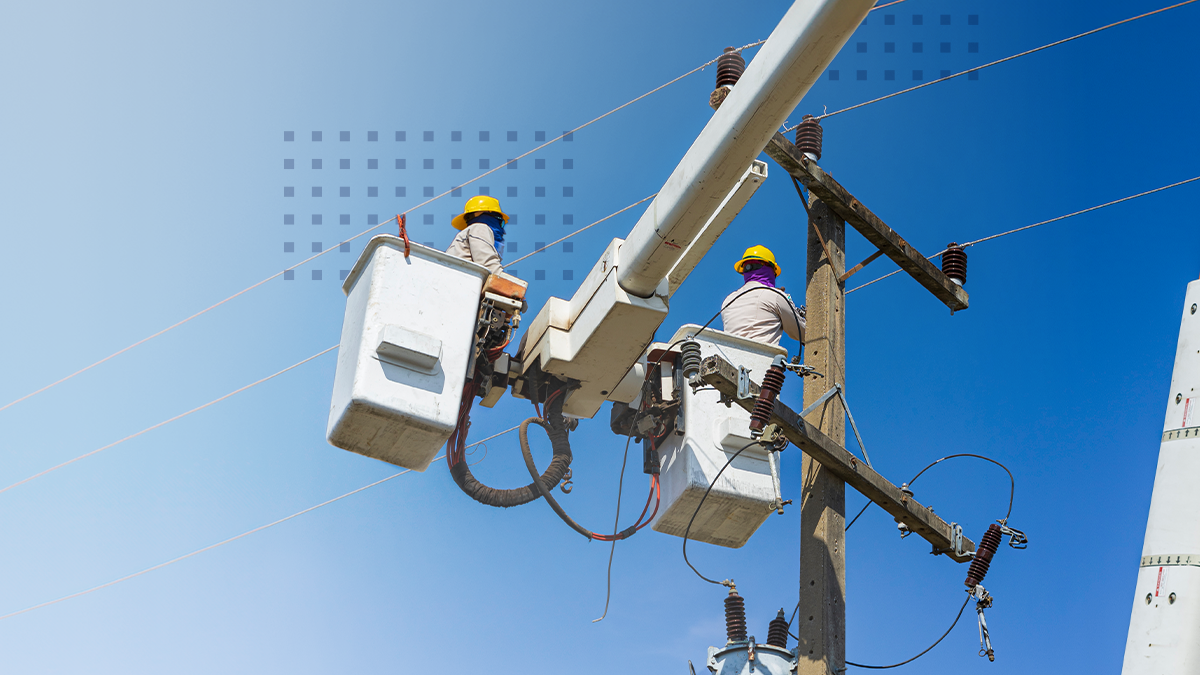The Power of Smart Grids for Municipal Broadband

High-speed internet is essential to the growth and vitality of your city. As a municipality, you’re often at the forefront of infrastructure decisions that impact everyone: roads, waterways, and electricity. Broadband is no different, even if you haven’t started your project yet or feel overwhelmed.
One popular way to leverage your existing electric power grids is by using smart grids. Many electric cooperatives use this method to help both sides of their business: electric and broadband. Municipalities can also operate with smart grids to make the most of both utilities.
What are Smart Grids—and How Do They Help Municipalities?
Smart grids integrate internet-enabled technologies into existing electrical power infrastructures to enhance efficiency, dependability, and affordability for both broadband connections and electrical services.
In other words, it’s an electric network that leverages digital technologies to observe and control the flow of electricity from generation to consumption. With sensors, software, and other technologies, this means it can better read how much electricity is truly needed—minimizing costs and improving the grid’s resiliency. It also implements two-way communication from the utility to the customer, meaning it’s faster, more accurate, and easier to manage when there might be service disruptions (on top of monitoring usage patterns).
Smart grids are becoming increasingly more popular as cities look to reduce excessive consumption and better map out the operational side of their electric grid.
Smart Grids and Broadband over Power Line Send Two Signals at Once to Subscribers
To support the large amount of data transferred back and forth across a smart grid, Broadband over Power Line (BPL) is a possibility.
BPL allows for higher bandwidth, increased availability, low latency, and strong coverage. It’s also cost-effective and easier to implement because the existing power line wires are utilized, simply sending two signals at once. For subscribers, this also simplifies their experience—they'll use existing electrical outlets for internet with slight modifications.
BPL is particularly useful when considering rural areas with existing electrical infrastructure, but it’s a strong option for municipalities that want to leverage their existing electric grid and transform it into a smart grid to gain benefits for both their electric and internet utilities. All the benefits of the electrical smart grid apply here, but you also receive the added benefits of offering internet via BPL.
For municipalities that want to integrate their electric and broadband offerings, cut costs, improve operations, and enhance sustainability efforts, using smart grids and BPL together is a powerful way to combine two utilities—and reap the benefits of both technologies.
For more information on smart grids and municipalities, watch our webinar replay, “How Three Broadband Businesses Went All-In On New Services and Won Their Community’s Loyalty.”
Related articles




